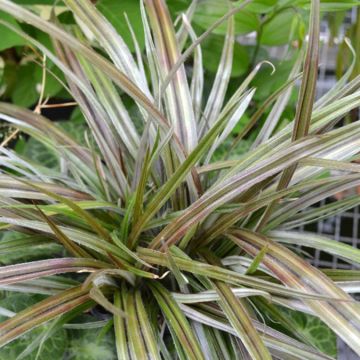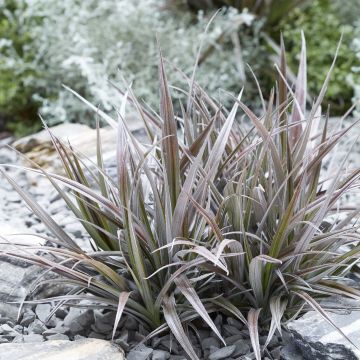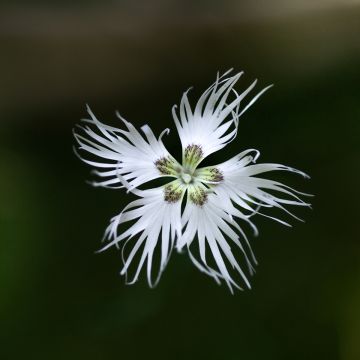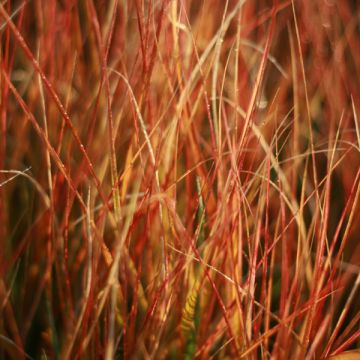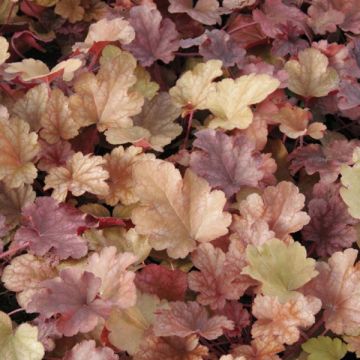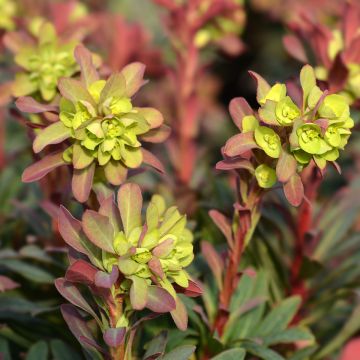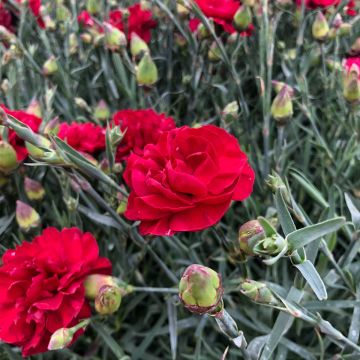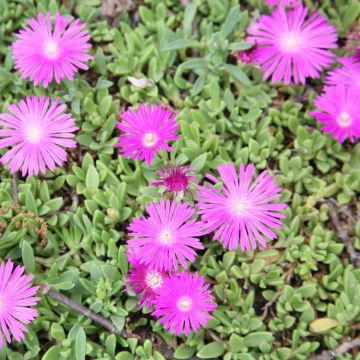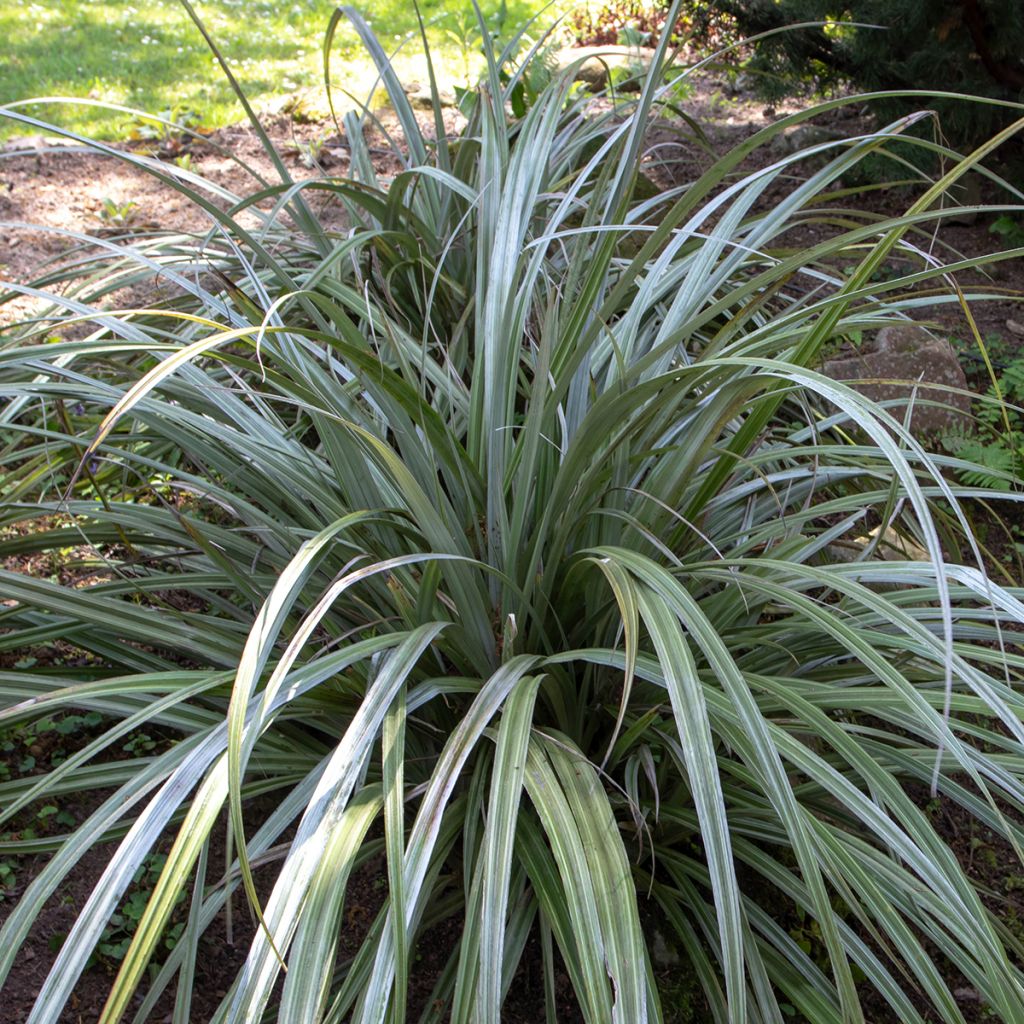

Astelia chathamica Silver Shadow
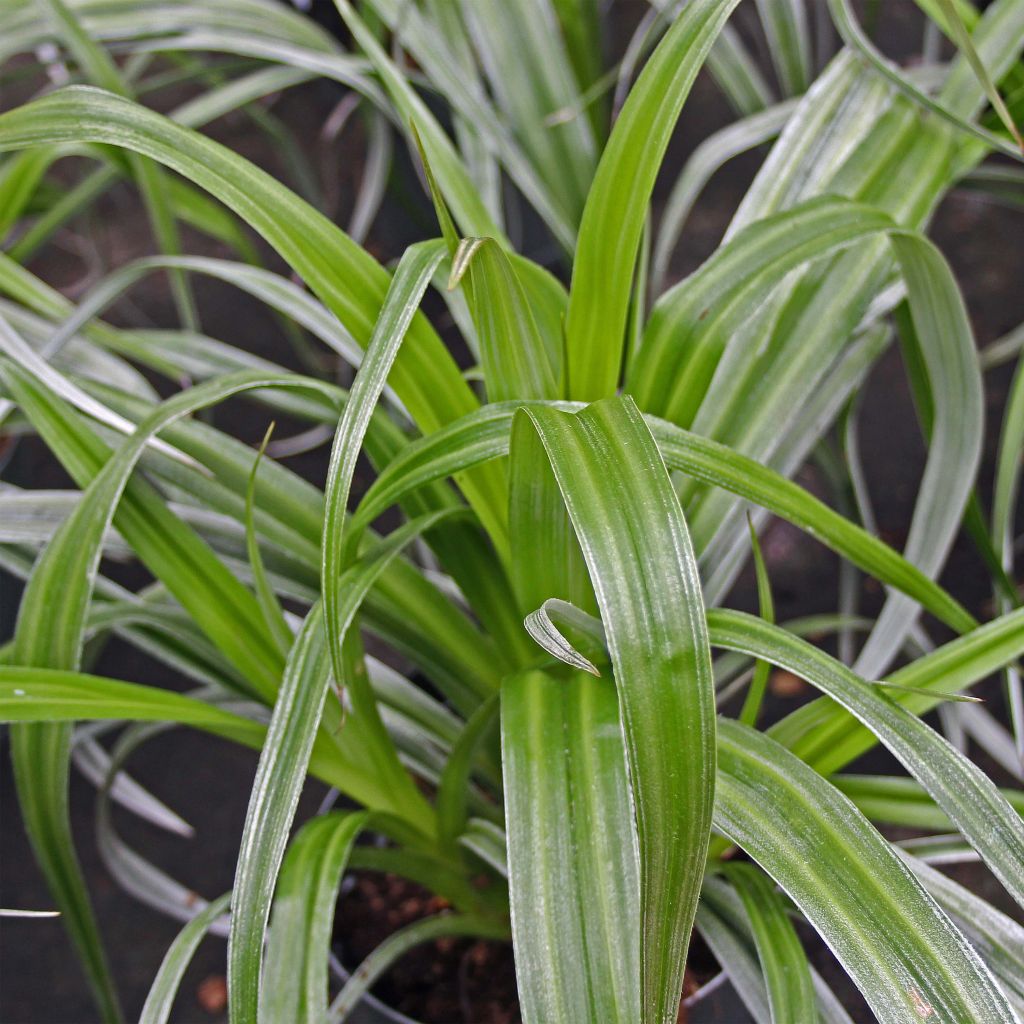

Astelia chathamica Silver Shadow
Astelia chathamica Silver Shadow
Astelia chathamica Silver Shadow®
Silver Spear, Chatham Island Astelia, Chatham Islands kakaha, Maori flax
The pruning of the young plant received is twice as small as that in the photo.
Thi, 26/03/2023
Special offer!
Receive a €20 voucher for any order over €90 (excluding delivery costs, credit notes, and plastic-free options)!
1- Add your favorite plants to your cart.
2- Once you have reached €90, confirm your order (you can even choose the delivery date!).
3- As soon as your order is shipped, you will receive an email containing your voucher code, valid for 3 months (90 days).
Your voucher is unique and can only be used once, for any order with a minimum value of €20, excluding delivery costs.
Can be combined with other current offers, non-divisible and non-refundable.
Home or relay delivery (depending on size and destination)
Schedule delivery date,
and select date in basket
This plant carries a 12 months recovery warranty
More information
We guarantee the quality of our plants for a full growing cycle, and will replace at our expense any plant that fails to recover under normal climatic and planting conditions.

Would this plant suit my garden?
Set up your Plantfit profile →
Description
The Astelia chathamica Silver Shadow is a striking perennial plant that resembles a Phormium in its habit and favours fairly similar growing conditions. This recent horticultural creation stands out for its denser habit, forming a tightly-packed large clump, but also for its stunning silver foliage of an almost metallic appearance. Its broad linear leaves slightly trail at their tips and are completely covered in bristles that shimmer in the light. This evergreen plant is a marvel with its own requirements: it clearly prefers acidic to neutral soil that remains moist in summer and abhors severe frosts. Magnificent in central European climates, it will also be a centerpiece when placed in a very large pot on the terrace during the warmer season in colder regions.
The Chatham Island Astelia belongs to the Asteliaceae family or the Liliaceae family according to classification. It is a horticultural hybrid dating back to 2004, resulting from cross-breeding between the Astelia chathamica Silver Spear originating from the Chatham Islands, with its large and silky foliage, and the A. nervosa, native to the peat meadows of North Island in New Zealand, with its fine and very silvery foliage. The 'Silver Shadow' leaves reach an intermediate width between that of their two parents, which are covered in bristles on both sides. This superb rhizomatous perennial grows in a large non-trailing clump. With an upright and arching habit, it reaches about 1.10 m (3 ft 7 in) in height depending on growing conditions, with a spread of 80-90 cm (31.5-35.4 in). Its very long, slightly stiff leaves are slightly arched and pointed at their tips, displaying a green colour masked by numerous bristles, giving the overall plant different shades of steel grey to white to almond green, which are iridescent in the sun. Flowering stems appear in spring, depending on the climate, emerging from within the foliage. They bear discreet but fragrant brown flowers, followed by the formation of small fruits on female plants, which are drupes of a beautiful bright orange colour. Its relatively undeveloped root system allows it to adapt well to container cultivation.
This Astelia chathamica Silver Shadow is a plant of great ornamental value, suitable for large beds or large rockeries, preferably in mild oceanic climates, as it dislikes the heat and prolonged drought of Mediterranean summers, as well as calcareous soils. Whether used as a solitary plant or planted in groups, it brings structure to space and brings a very exotic charm to the garden. In cold regions, it will thrive in a very large pot on the terrace or balcony, to admire its presence during the warmer season, and can be overwintered frost-free in a lightly heated greenhouse or conservatory. In urban gardens, it will soften concrete structures. For an exotic and contrasting atmosphere, it can be combined, for example, with Leptospermum scoparium, a pink to red ball-shaped plant that bloom in summer, Helichrysum rosmarinifolium 'Silver Jubilee', Pittosporum tenuifolium Tom Thumb, or even Olearia macrodonta 'Major', plants also from Oceania, likewise perfect for coastal areas. Like tall grasses, it is also a wonderful perennial for a modern garden with defined lines: a clump of Muhlenbergia capillaris, a veritable pink cloud in late summer, or Eragrostis trichodes Summer Train, resembling a golden to copper mist, should, with this Astelia, create a trio of great beauty.
Report an error about the product description
Astelia chathamica Silver Shadow in pictures
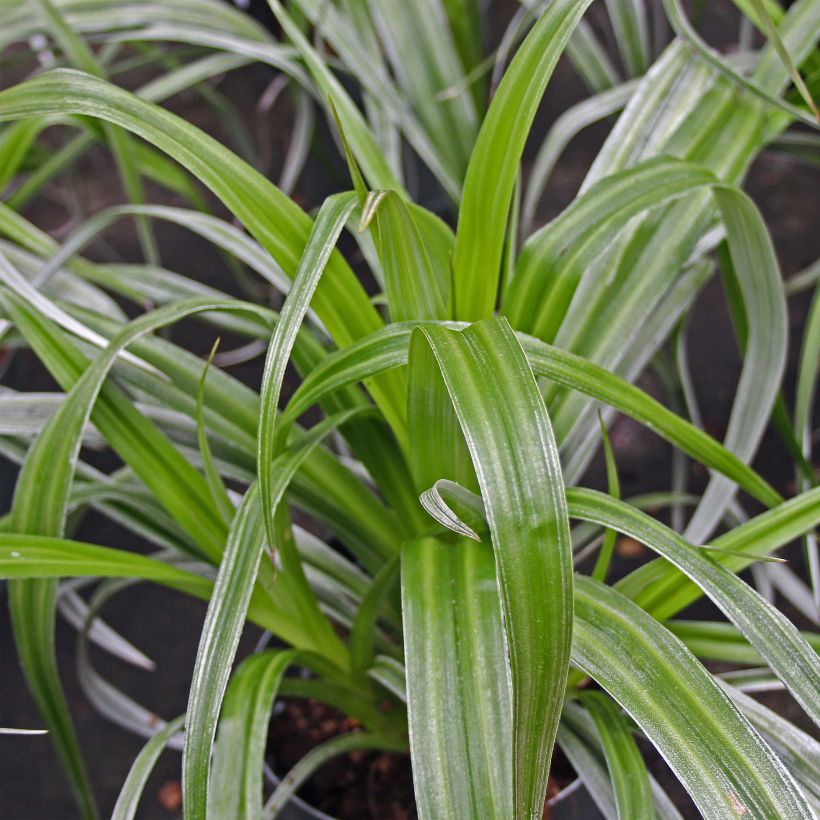

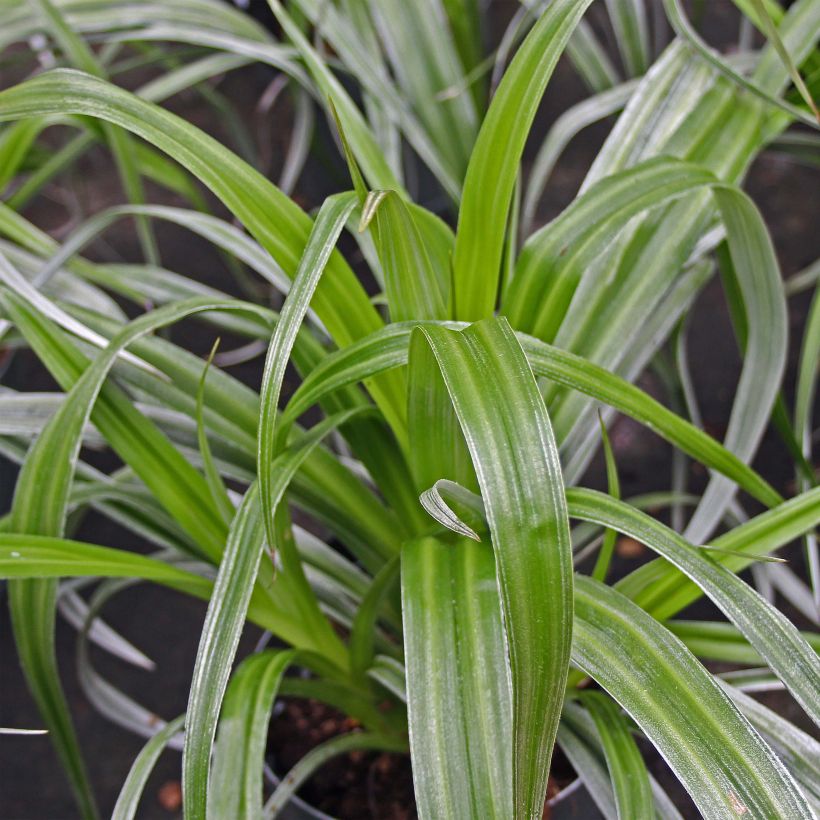

Flowering
Foliage
Plant habit
Botanical data
Astelia
chathamica
Silver Shadow®
Asteliaceae (Liliaceae)
Silver Spear, Chatham Island Astelia, Chatham Islands kakaha, Maori flax
Cultivar or hybrid
Other Astelia
View all →Planting and care
The Astelia Silver Shadow is a hardy plant best grown in open ground mainly in regions where frosts do not go below -7°C (19.4 °F). Everywhere else, pot cultivation is more suitable, which will allow control over the nature of the substrate, watering, and wintering sheltered from frost, in a cool and bright enclosure.
Plant your Astelia in a container or a large pot with the bottom filled with gravel, pottery shards, or clay balls. The mixture it is planted in should be fertile and well-drained (1/3 leaf compost, 1/3 compost, and 1/3 heathland soil, enriched with a handful of crushed horn).
Place the plant in full sun if you live in a less sunny region, or preferably in partial shade, which it favours. Water during the growth period, preferably with non-limestone water, so that the soil never completely dries out. Feed the plant with diluted liquid green plant-specific fertiliser once a month. In winter, reduce watering and fertiliser inputs, and let the soil dry superficially in-between watering.
In mild climates with light frosts, plant the Astelia in open ground in the sun, in very well-drained, chalk-free, and sufficiently fertile soil.
In summer, make sure the plant does not lack water. In winter, it can rely on rainwater.
In case of a severe frost warning, spread a thick layer of mulch at the base of the plant and cover it with a winter protection fleece.
In the coldest regions, a thick mulch will help protect the roots from winter frosts. Under these conditions, the foliage will be damaged as soon as the temperature drops below -5°C (23 °F), but in such an event, (down to -15°C (5 °F), the plant will sprout again from the stump in spring.
Planting period
Intended location
Care
Planting & care advice
-
, onOrder confirmed
Reply from on Promesse de fleurs
Similar products
Haven't found what you were looking for?
Hardiness is the lowest winter temperature a plant can endure without suffering serious damage or even dying. However, hardiness is affected by location (a sheltered area, such as a patio), protection (winter cover) and soil type (hardiness is improved by well-drained soil).

Photo Sharing Terms & Conditions
In order to encourage gardeners to interact and share their experiences, Promesse de fleurs offers various media enabling content to be uploaded onto its Site - in particular via the ‘Photo sharing’ module.
The User agrees to refrain from:
- Posting any content that is illegal, prejudicial, insulting, racist, inciteful to hatred, revisionist, contrary to public decency, that infringes on privacy or on the privacy rights of third parties, in particular the publicity rights of persons and goods, intellectual property rights, or the right to privacy.
- Submitting content on behalf of a third party;
- Impersonate the identity of a third party and/or publish any personal information about a third party;
In general, the User undertakes to refrain from any unethical behaviour.
All Content (in particular text, comments, files, images, photos, videos, creative works, etc.), which may be subject to property or intellectual property rights, image or other private rights, shall remain the property of the User, subject to the limited rights granted by the terms of the licence granted by Promesse de fleurs as stated below. Users are at liberty to publish or not to publish such Content on the Site, notably via the ‘Photo Sharing’ facility, and accept that this Content shall be made public and freely accessible, notably on the Internet.
Users further acknowledge, undertake to have ,and guarantee that they hold all necessary rights and permissions to publish such material on the Site, in particular with regard to the legislation in force pertaining to any privacy, property, intellectual property, image, or contractual rights, or rights of any other nature. By publishing such Content on the Site, Users acknowledge accepting full liability as publishers of the Content within the meaning of the law, and grant Promesse de fleurs, free of charge, an inclusive, worldwide licence for the said Content for the entire duration of its publication, including all reproduction, representation, up/downloading, displaying, performing, transmission, and storage rights.
Users also grant permission for their name to be linked to the Content and accept that this link may not always be made available.
By engaging in posting material, Users consent to their Content becoming automatically accessible on the Internet, in particular on other sites and/or blogs and/or web pages of the Promesse de fleurs site, including in particular social pages and the Promesse de fleurs catalogue.
Users may secure the removal of entrusted content free of charge by issuing a simple request via our contact form.
The flowering period indicated on our website applies to countries and regions located in USDA zone 8 (France, the United Kingdom, Ireland, the Netherlands, etc.)
It will vary according to where you live:
- In zones 9 to 10 (Italy, Spain, Greece, etc.), flowering will occur about 2 to 4 weeks earlier.
- In zones 6 to 7 (Germany, Poland, Slovenia, and lower mountainous regions), flowering will be delayed by 2 to 3 weeks.
- In zone 5 (Central Europe, Scandinavia), blooming will be delayed by 3 to 5 weeks.
In temperate climates, pruning of spring-flowering shrubs (forsythia, spireas, etc.) should be done just after flowering.
Pruning of summer-flowering shrubs (Indian Lilac, Perovskia, etc.) can be done in winter or spring.
In cold regions as well as with frost-sensitive plants, avoid pruning too early when severe frosts may still occur.
The planting period indicated on our website applies to countries and regions located in USDA zone 8 (France, United Kingdom, Ireland, Netherlands).
It will vary according to where you live:
- In Mediterranean zones (Marseille, Madrid, Milan, etc.), autumn and winter are the best planting periods.
- In continental zones (Strasbourg, Munich, Vienna, etc.), delay planting by 2 to 3 weeks in spring and bring it forward by 2 to 4 weeks in autumn.
- In mountainous regions (the Alps, Pyrenees, Carpathians, etc.), it is best to plant in late spring (May-June) or late summer (August-September).
The harvesting period indicated on our website applies to countries and regions in USDA zone 8 (France, England, Ireland, the Netherlands).
In colder areas (Scandinavia, Poland, Austria...) fruit and vegetable harvests are likely to be delayed by 3-4 weeks.
In warmer areas (Italy, Spain, Greece, etc.), harvesting will probably take place earlier, depending on weather conditions.
The sowing periods indicated on our website apply to countries and regions within USDA Zone 8 (France, UK, Ireland, Netherlands).
In colder areas (Scandinavia, Poland, Austria...), delay any outdoor sowing by 3-4 weeks, or sow under glass.
In warmer climes (Italy, Spain, Greece, etc.), bring outdoor sowing forward by a few weeks.






























